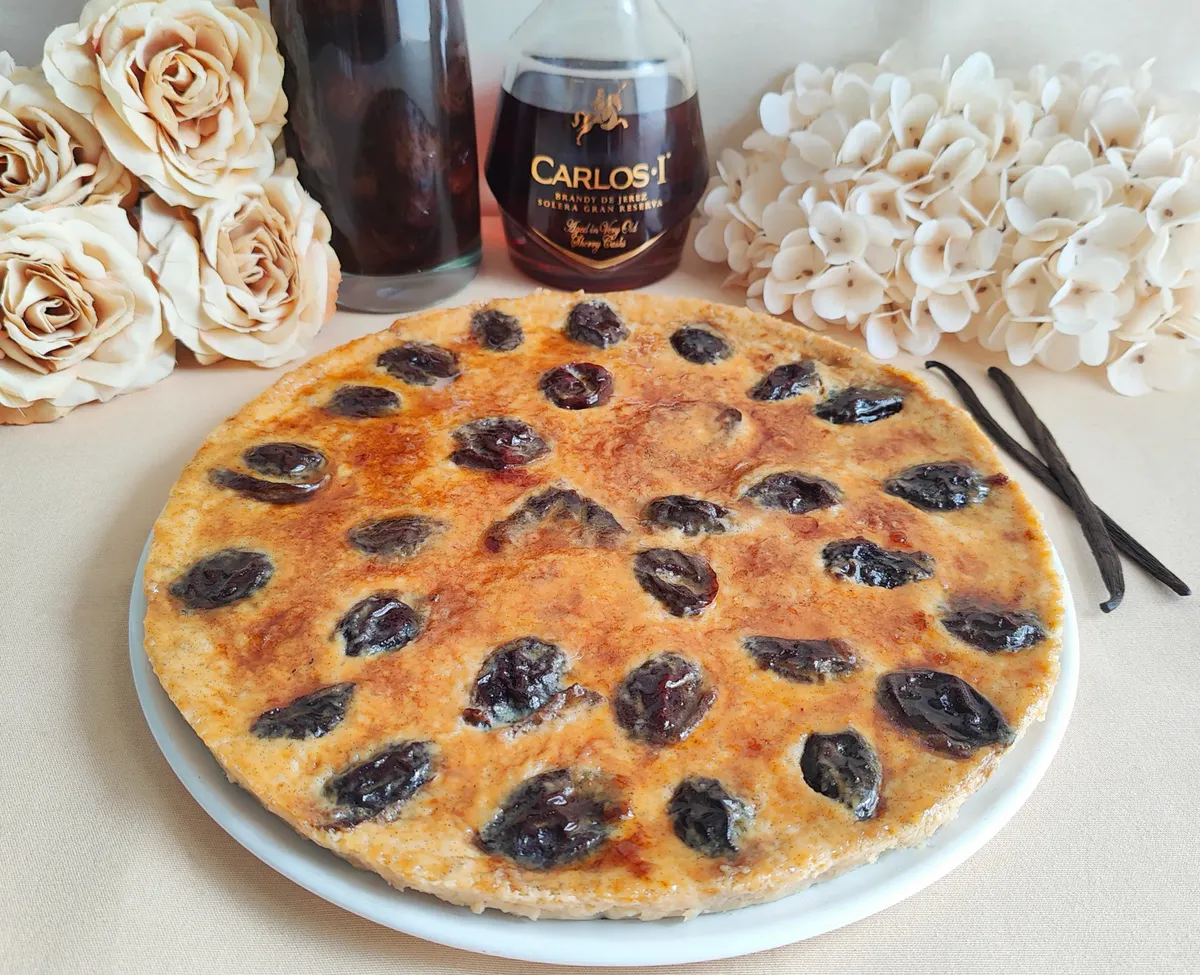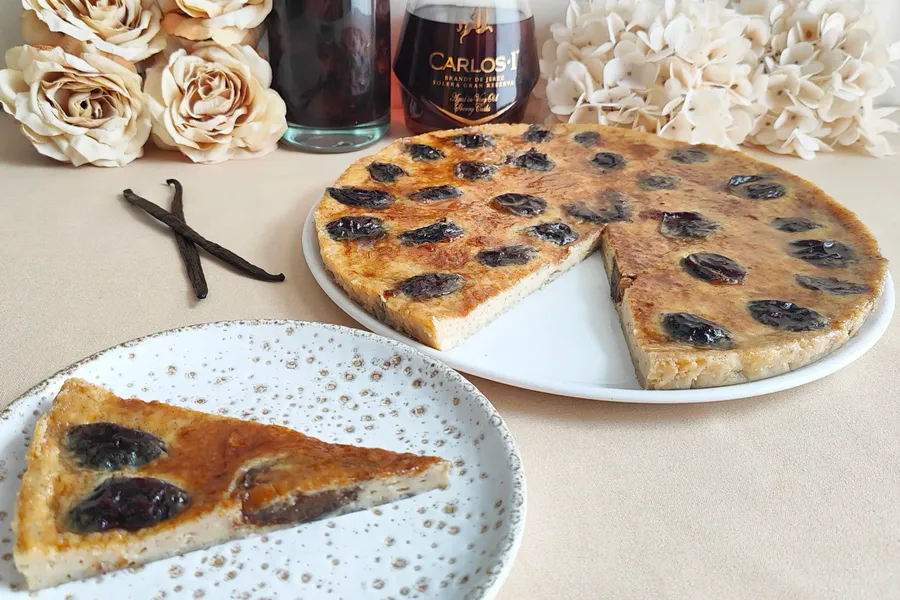
The history of Far Breton
The Far Breton is a traditional dessert from the Brittany region (Bretagne) in northwestern France. Its name comes from the Breton term *farz forn*, which literally means “oven-baked flour.” It is a kind of thick flan made with eggs, milk, sugar, and flour, to which prunes (pruneaux d’Agen) are traditionally added—although this addition was not part of the original recipe.
The origins of Far Breton date back to the 18th century, when it became popular among the working-class communities of inland Brittany, especially in the rural areas of the Finistère department. In its earliest form, far was a savory dish, similar to baked porridge, commonly eaten by Breton peasants as part of their basic diet. Over time, the recipe evolved into a sweet version, particularly as sugar and vanilla became available in rural areas through maritime trade from Nantes.
During the 19th century, Far Breton became a common dessert on Breton tables, both in domestic settings and during religious or folk celebrations. The version with prunes began to gain popularity during this period, thanks in part to trade with the Agen region, known for its *pruneaux*. This variant had the added benefit of longer shelf life, making it ideal for sailors and farming families alike.
Although there is no documented individual creator, the recipe was passed down through generations and gained recognition thanks to oral tradition and, later, its inclusion in regional cookbooks. One of the earliest written records of the sweet far appears in *La Cuisine de Madame Saint-Ange*, published in 1927, although without fruit. By then, however, the addition of dried fruit was already a common practice in Breton home cooking.
The port town of Douarnenez, on Brittany’s Atlantic coast, is one of the places traditionally associated with the popularization of the modern Far Breton. There, in artisanal bakeries, the dense, creamy texture now considered essential to the dessert was perfected. In the 1960s and ’70s, Far Breton began to gain recognition outside Brittany, becoming a widely appreciated regional culinary symbol throughout France.
Today, Far Breton is considered one of the emblems of French regional pastry, alongside *kouign-amann* and *clafoutis*. Its preparation continues to be cherished for its simplicity, rustic origins, and deep cultural roots. While modern versions with apples, pears, or even rum are now common, the true Far Breton remains recognizable by its dense, slowly baked batter and whole prunes arranged like small jewels at the heart of the cake.

 albertoimizcoz
albertoimizcoz

